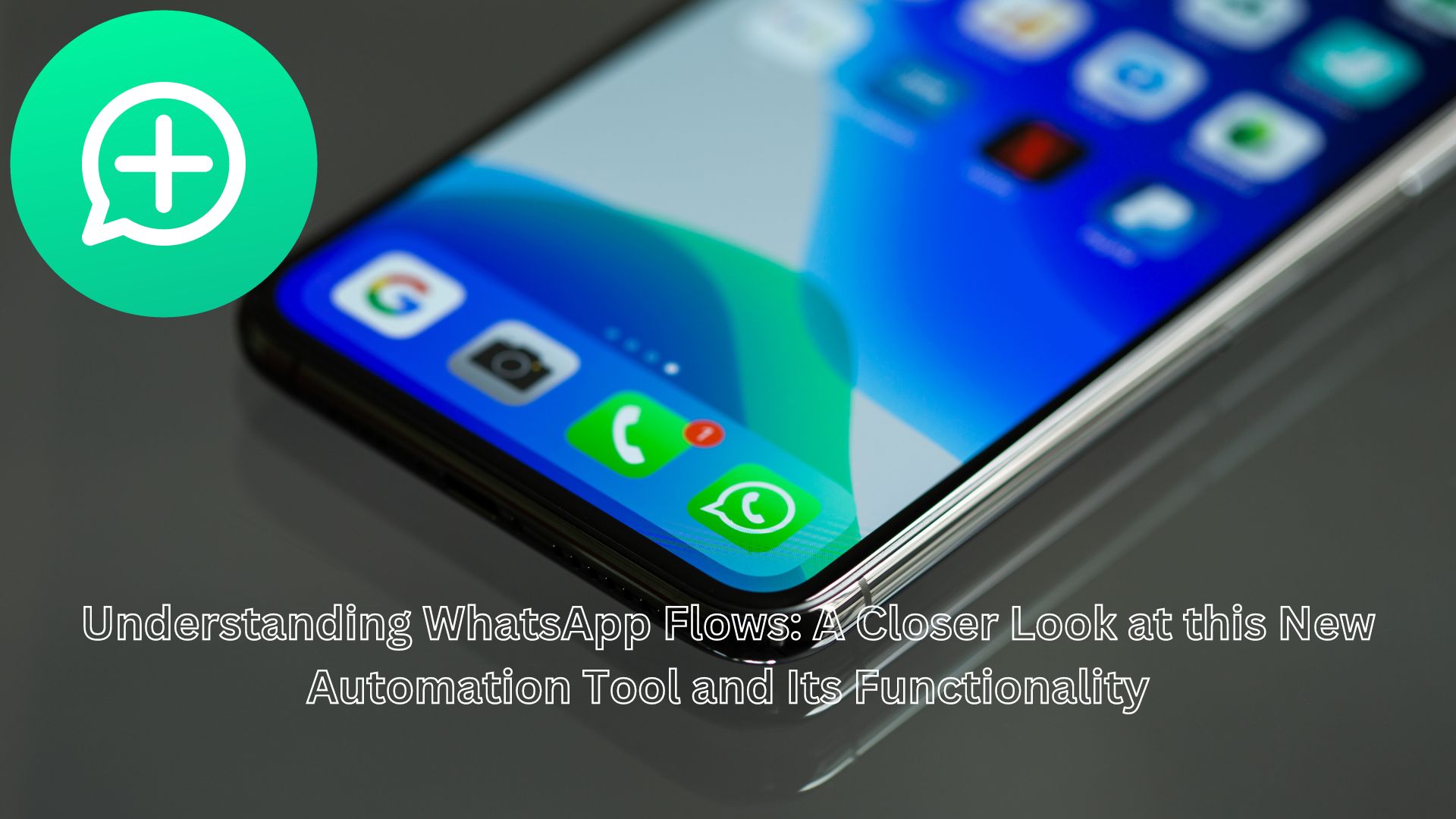
On September 20, during the Conversations event in Mumbai, Meta unveiled a series of new features for WhatsApp Businesses. These features are aimed at enabling businesses to create seamless in-chat experiences for interacting with their customers. Among the three features introduced during the event were WhatsApp’s multiple payment options, Meta Verified badges, and WhatsApp Flows. While the first two features are relatively straightforward, WhatsApp Flows has generated curiosity and questions among users. So, what exactly is WhatsApp Flows, and how does it work? Let’s take a closer look.
What is WhatsApp Flows? WhatsApp explained in its blog post that Flows is being launched to allow businesses to offer a wider range of in-chat experiences. These experiences could include actions like selecting a train seat, ordering a meal, or booking an appointment, all without leaving the chat interface. With Flows, businesses will have the capability to provide rich menus and customizable forms tailored to various needs.
In essence, WhatsApp Flows can be seen as an automation tool, similar to Microsoft Power Automate or Salesforce Flow, but with the unique advantage of being fully integrated within the chat window. While WhatsApp has previously supported automation through third-party chatbots, WhatsApp Flows aims to eliminate the need for these external bots and provide more optimized, native automation flows that can potentially serve a broader range of tasks.
As this feature gradually becomes available to more users, we will gain a deeper understanding of its functionality.
How Does WhatsApp Flows Work? Understanding the precise workings of WhatsApp Flows is somewhat challenging, as the feature has not been widely observed in action yet. Additionally, its rollout is happening gradually, meaning that most businesses have not yet had access to it or implemented it for their automation needs.
However, based on the logical patterns commonly followed by automation tools, we can make some educated assumptions about how WhatsApp Flows may operate. Typically, these tools allow users to create a logical flow that guides customers to specific destinations. Consider the following hypothetical scenario:
A customer initiates a WhatsApp chat with a clothing business. The Flow begins with a greeting and asks whether the customer is shopping for a male, female, a boy, or a girl. The customer can respond by typing their choice or selecting it through taps. Following this, the Flow prompts the customer to specify their interest, such as casual wear, formal wear, sportswear, or other categories.
Based on the customer’s selections, the Flow continues to offer more refined options, narrowing down the customer’s preferences and facilitating access to the relevant product catalog.
Also Read
Recovering Your WhatsApp Account After Phone Loss or Theft: A Step-by-Step Guide
This is just one potential example, but with WhatsApp Flows, users could potentially use this feature for a wide range of tasks, including purchasing tickets for movies, buses, or flights, shopping for clothing, scheduling appointments, obtaining answers to specific queries, and more.
To truly understand how WhatsApp Flows functions and whether it offers even more advanced capabilities, we will need to see it in action as the feature becomes widely available in the near future.

One thought on “Understanding WhatsApp Flows: A Closer Look at this New Automation Tool and Its Functionality”